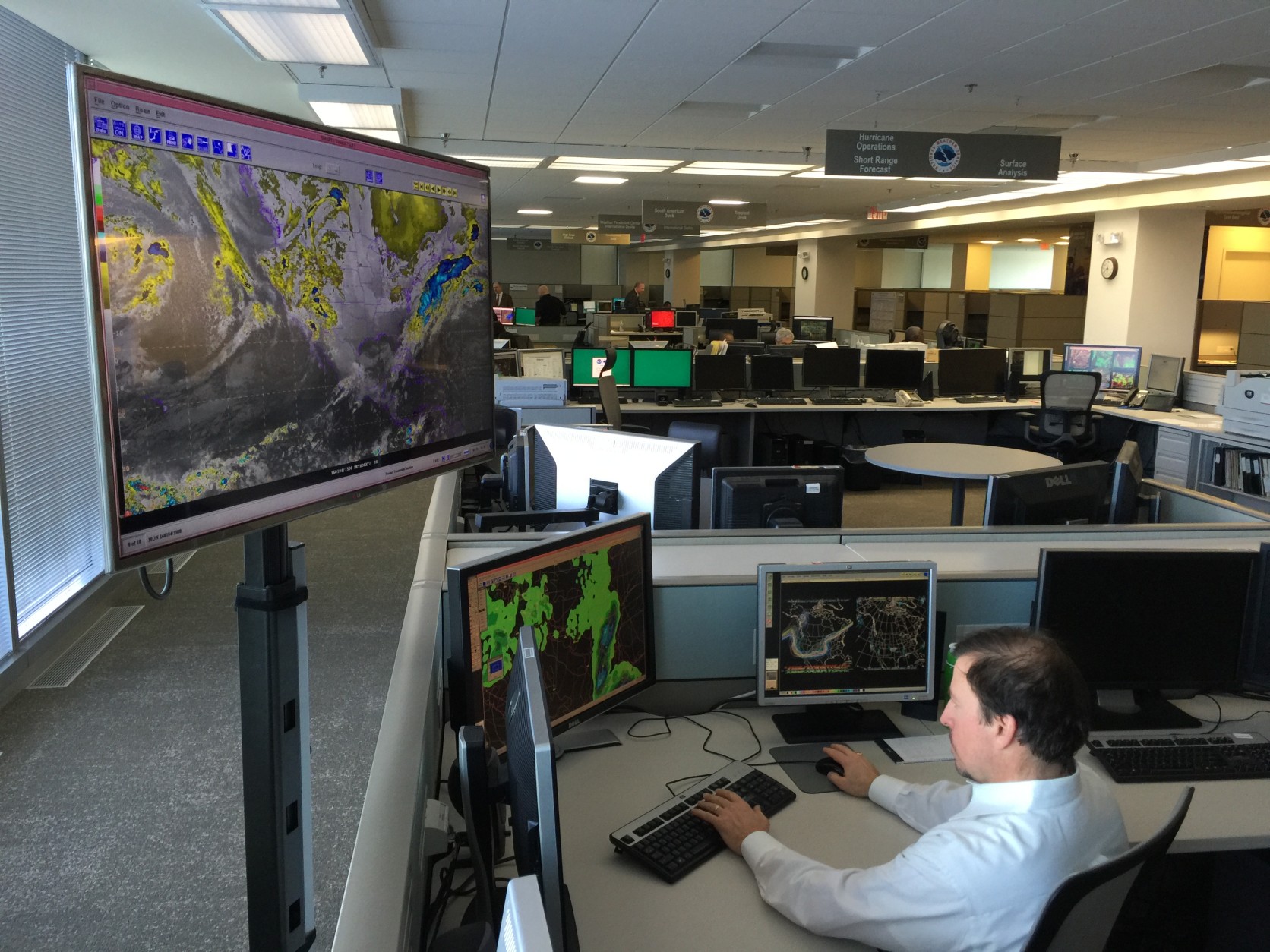
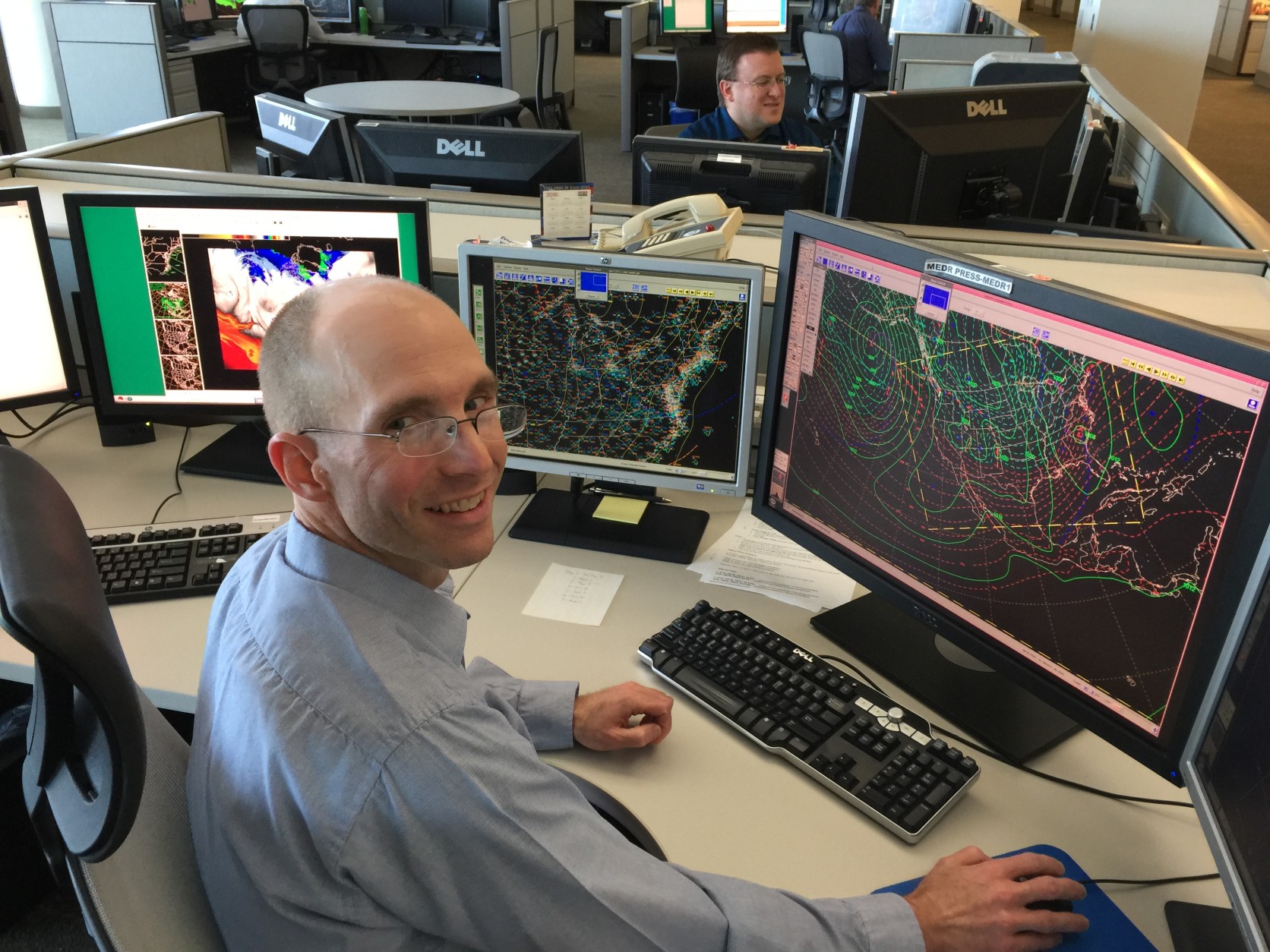
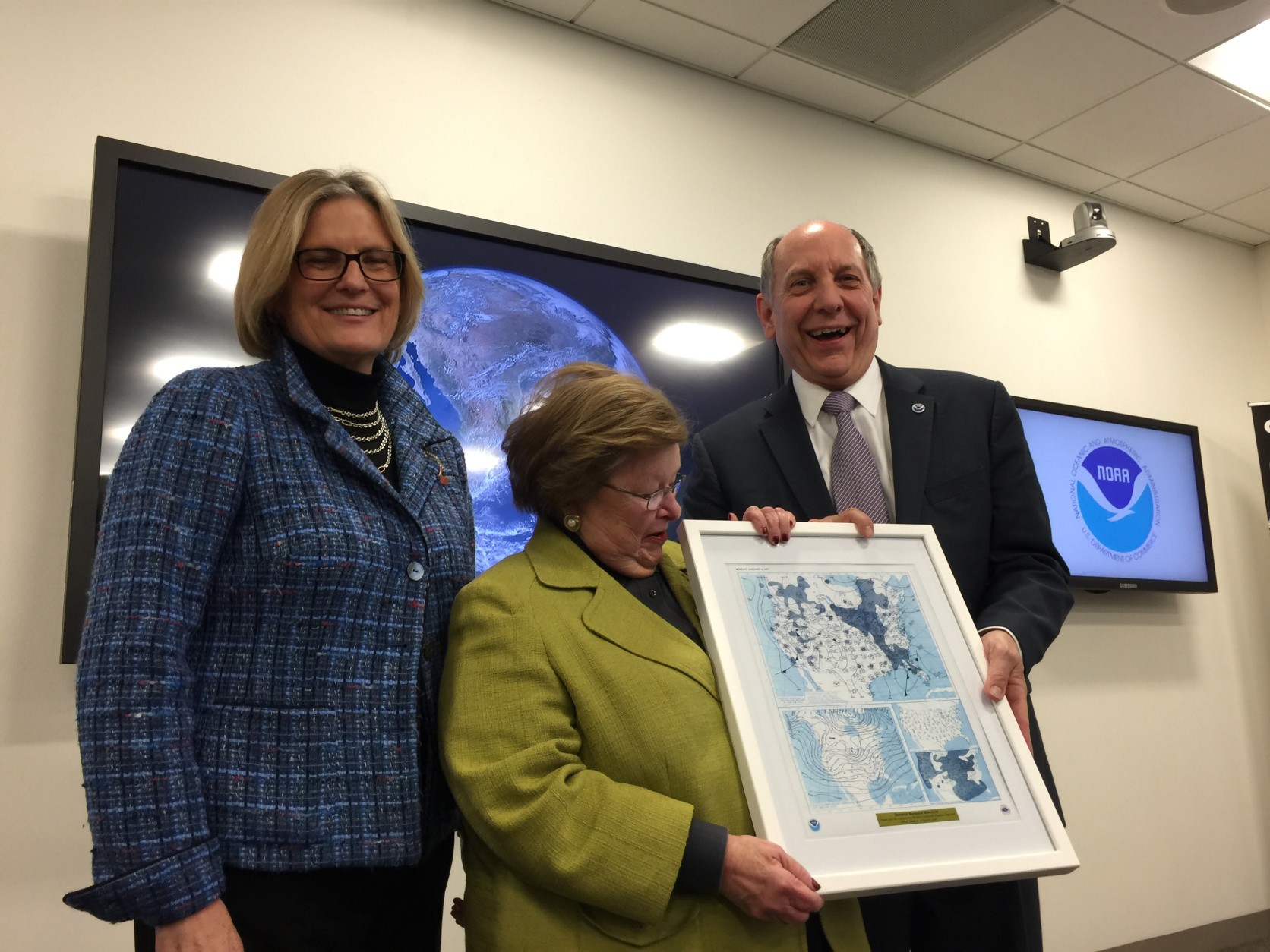
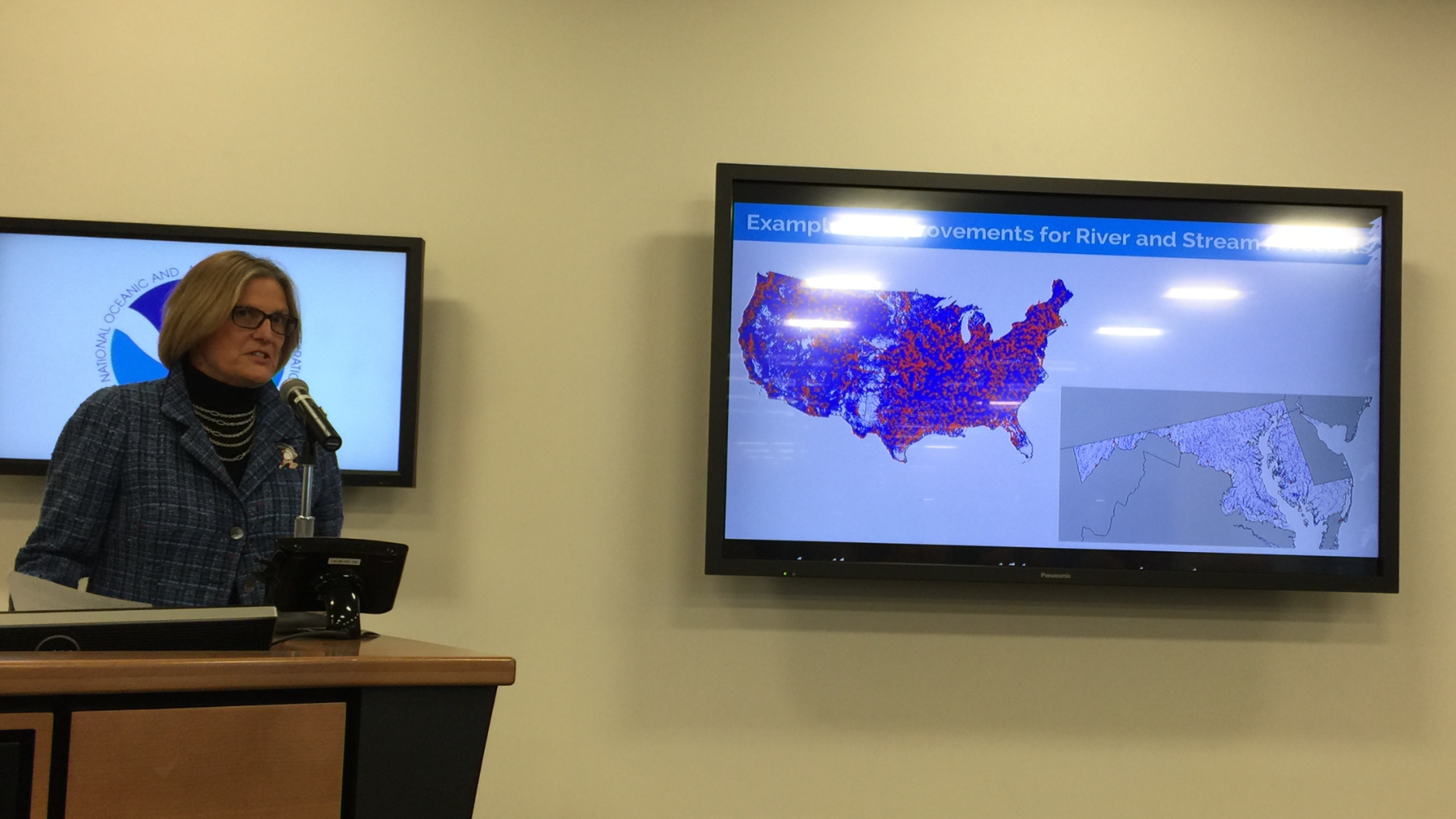
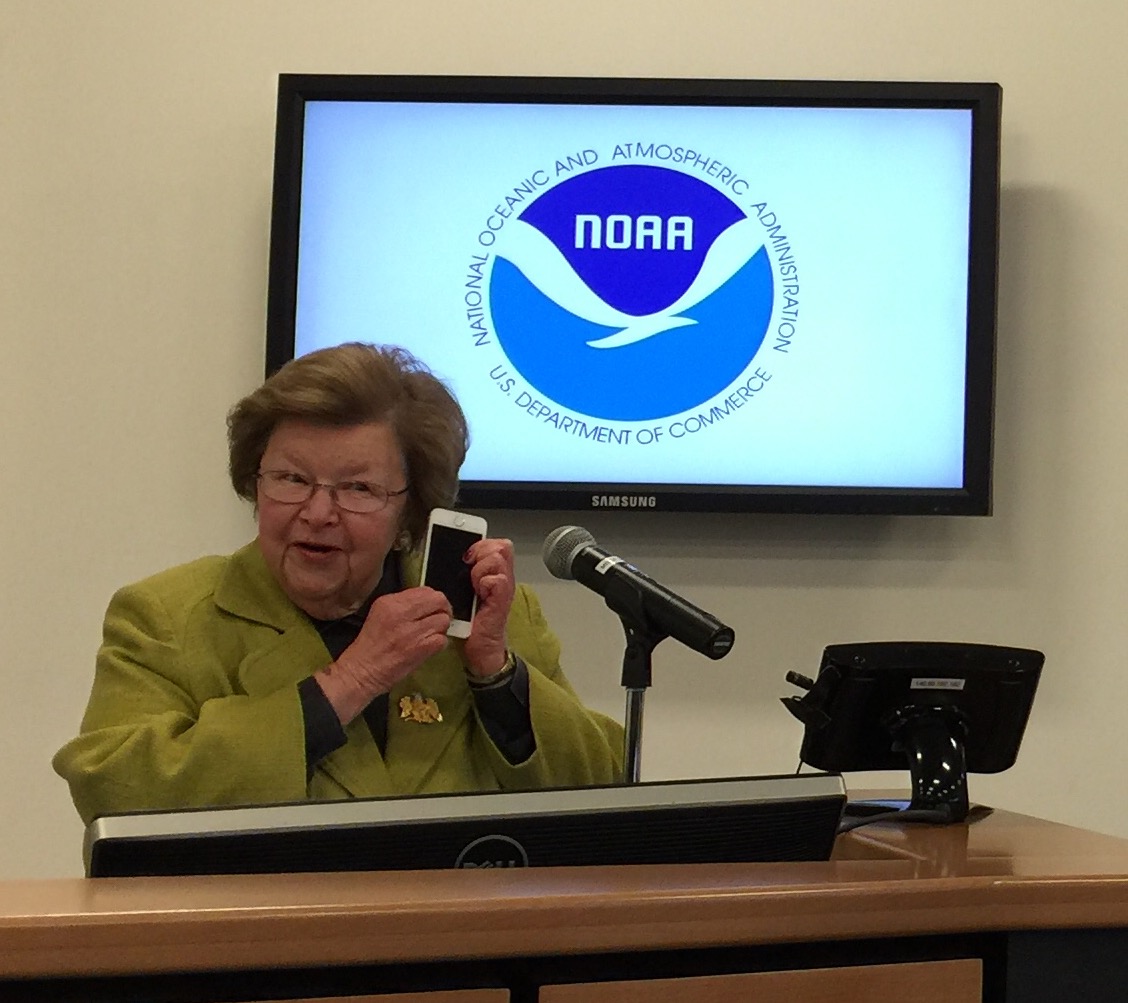
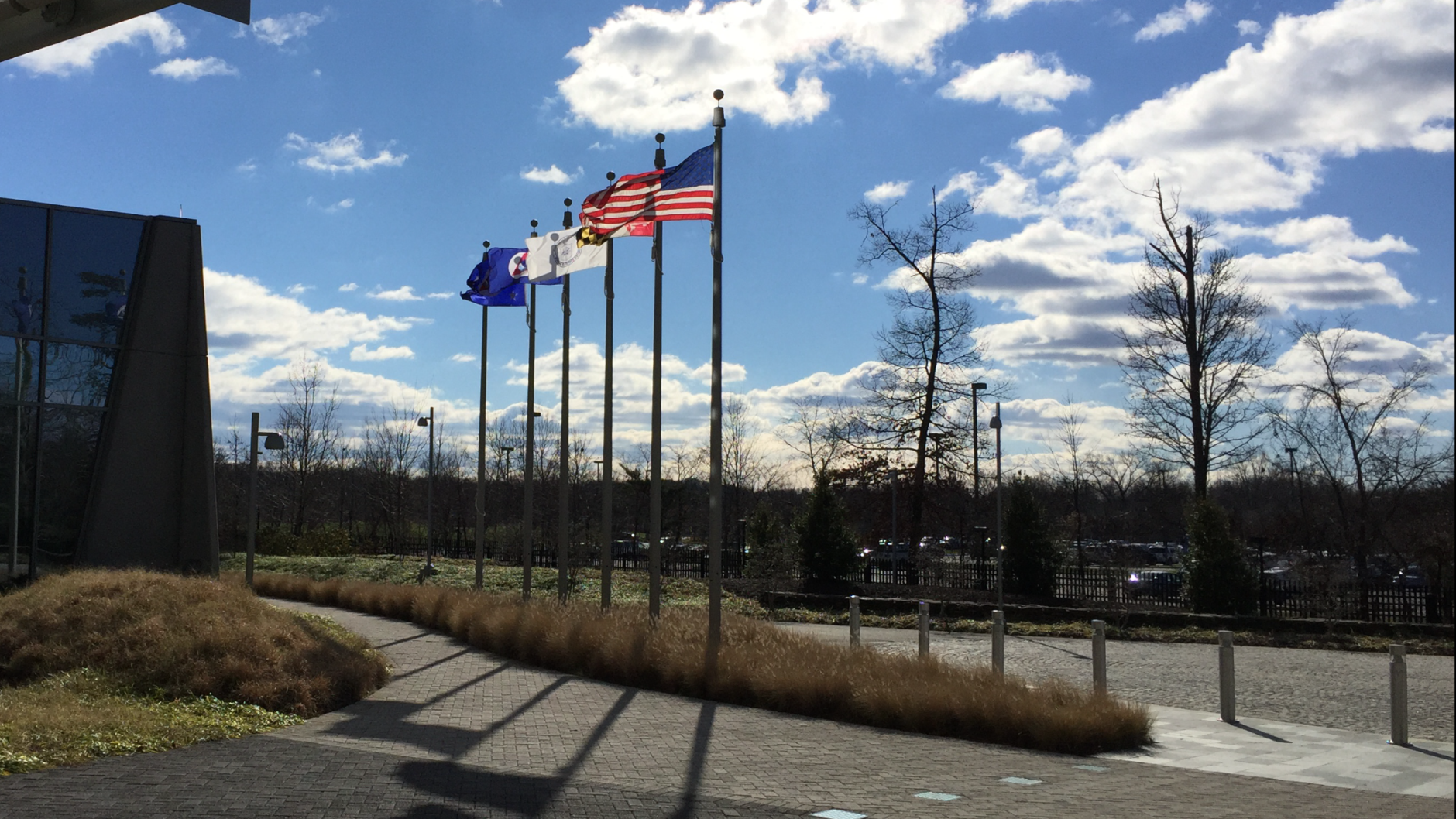
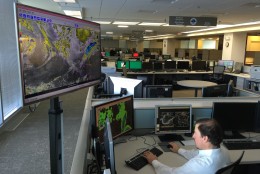
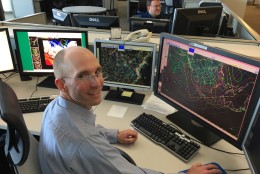
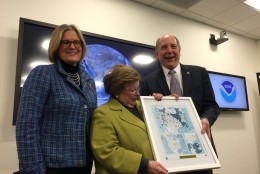
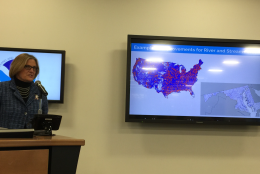
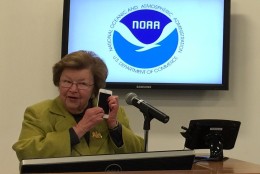
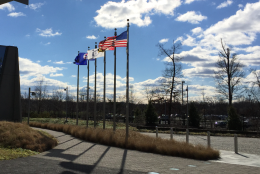
WASHINGTON — The feds have a new supercomputer helping to make weather predictions earlier, faster and with pin-point accuracy.
“Now America will be safer,” said Sen. Barbara Mikulski, D-Md., who helped secure funding for the $35 million supercomputer now in use by the National Oceanic and Atmospheric Administration.
“The more accurate we are, not only are there the lives that we can save and the communities we can make more resilient, but the fact is we can save money by deploying people in the right way and at the right time,” Mikulski said of emergency management responses.
NOAA’s computing capacity with the new supercomputer is nearly four times larger.
The ability to make neighborhood level forecasts for rivers and streams has increased dramatically. NOAA Administrator Dr. Kathryn Sullivan said, in Maryland, a previous ability to forecast for 18 points in the state now is possible for 13,000 points.
Comparing what’s possible now to predictions made during previous cataclysmic events, Mikulski recalled feeling the state was well prepared for Hurricane Isabel that was set to approach and pass the state in 2003.
“We breathed a sigh of relief,” Mikulski said.
Still, Mikulski said she woke up to historic flooding in Baltimore, Annapolis, the Naval Academy and in the Patuxent River.
“Now, we would know how high the water, how high the wind and what we would need to do to protect ourselves,” Mikulski said.
The new supercomputer also would have given the region 10 hours of notice prior to the historic derecho of June 2012 that knocked out power to millions for a week or longer.
NOAA Hurricane Hunter Michael Silah is well aware of the difference early notification can make.
After spending days flying in and around a hurricane in 2003, he realized it might pack more of a punch than was being forecast.
“My wife is from Baltimore and her family lives in the city,” Silah said. “And I remember calling her and saying you might want to tell your family you’re going to get a lot of rain and a lot of flooding.”
Storm waters rose 6 to 8 feet, Silah recalled, making the call to his then newlywed wife seem prescient.
“That might be the last time she listened to me, but she listened to me that time,” he said jokingly.
Editor’s note: This story has been updated to reflect name changes in the photo captions.








